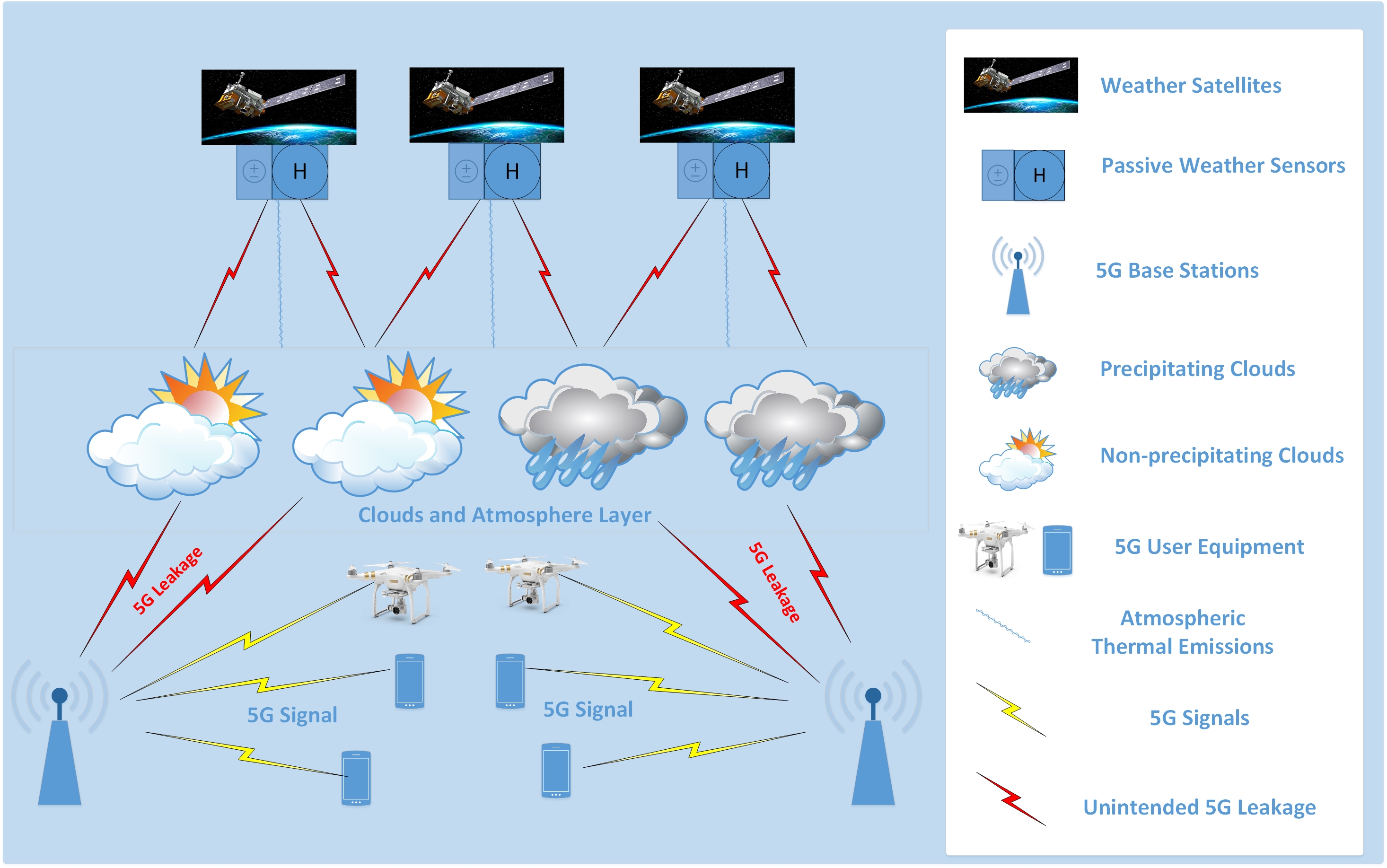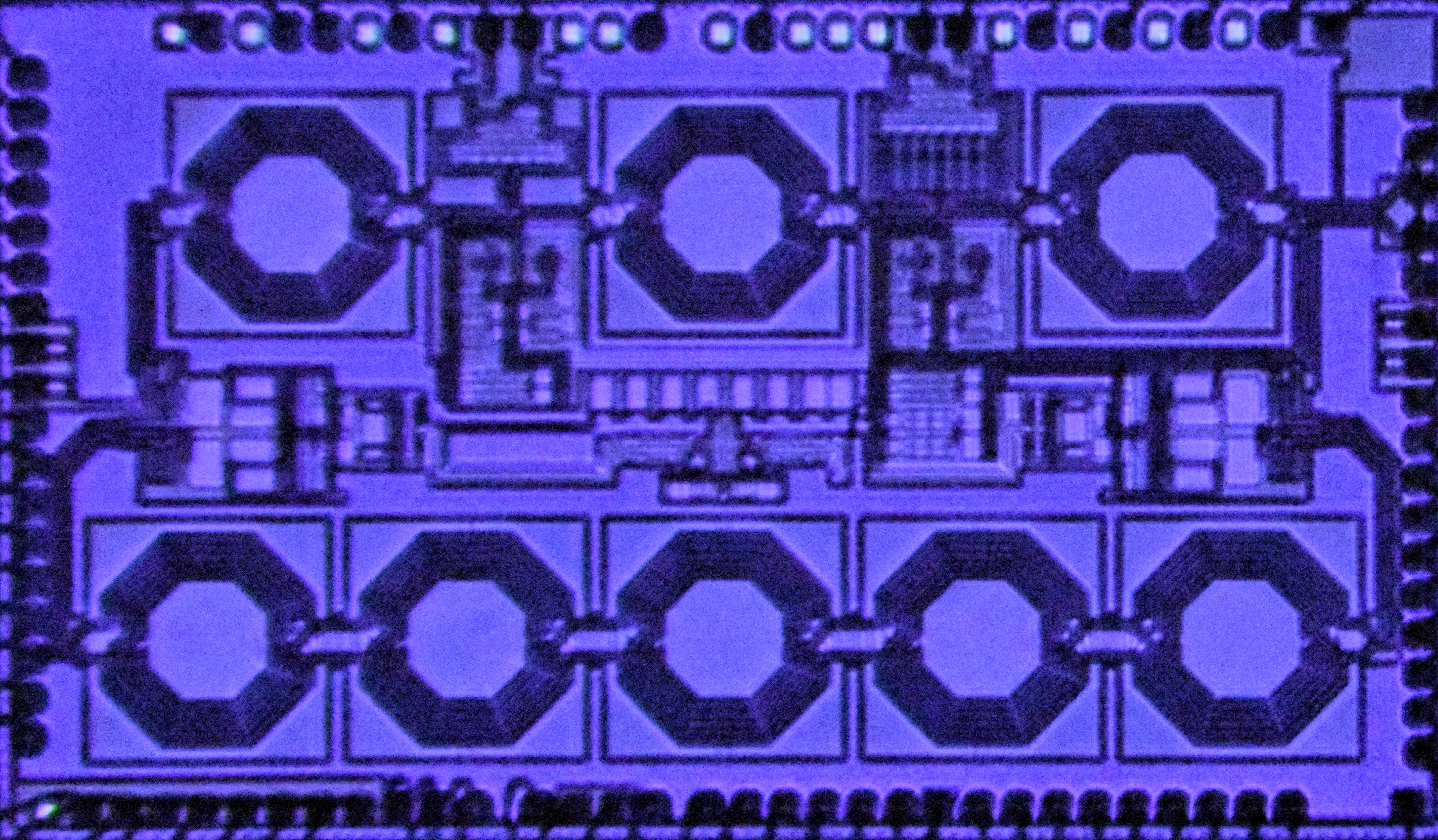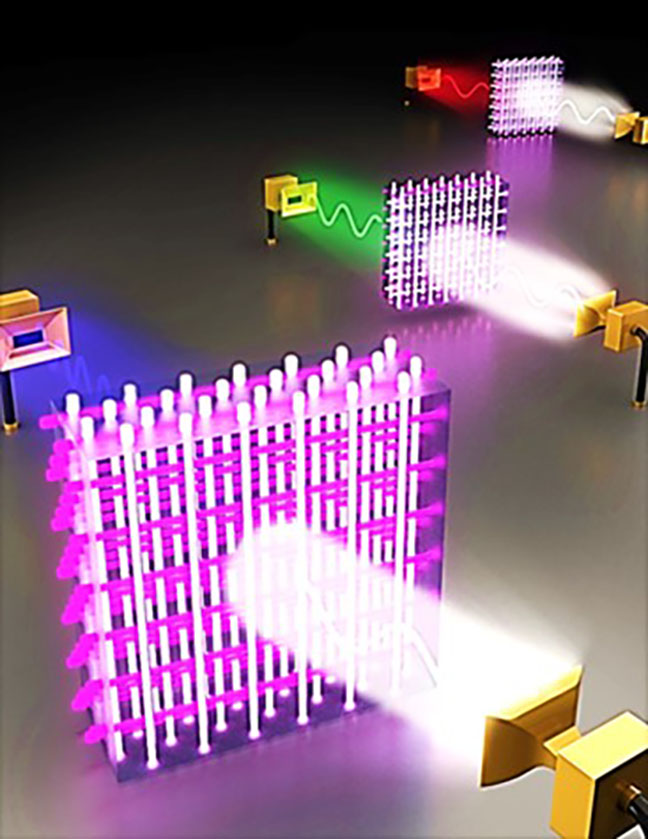Chula researchers have developed a remarkable wireless hepatitis B virus test kit to screen for infection and collect data for an online database that’s fast and complete in one step.
Tag: Wireless
These Screen-printed, Flexible Sensors Allow Earbuds to Record Brain Activity and Exercise Levels
Earbuds can be turned into a tool to record the electrical activity of the brain and levels of lactate in the body with two flexible sensors screen-printed onto a flexible surface.
NYU Wireless at NYU Tandon School of Engineering Releases NYUSIM 4.0 to Accelerate Standardization Efforts of 6G Wireless Communications
NYU WIRELESS, a leading research center in wireless communications at the New York University Tandon School of Engineering, today announced the launch of NYUSIM 4.0, the world’s first wireless channel simulator capable of generating real-world wireless channels above 100 GHz.
Three NYU Tandon teams win $2.5 million from an NSF partnership to ensure resiliency is part of next-G wireless telecommunications
A new NSF initiative has awarded three teams of researchers at the NYU Tandon School of Engineering a combined $2.5 million to study and develop solutions for security vulnerabilities in wireless network hardware and software.
Researchers develop smartphone-powered microchip for at-home medical diagnostic testing
A University of Minnesota Twin Cities research team has developed a new microfluidic chip for diagnosing diseases that uses a minimal number of components and can be powered wirelessly by a smartphone. The innovation opens the door for faster and more affordable at-home medical testing.
New type of wireless charger can charge multiple devices simultaneously
New technology developed at Aalto University may be the key to true wireless charging. The new transmitter creates power transfer channels in all directions, automatically tuning channels when receiving devices are in motion.
NUS engineers devise novel approach to wirelessly power multiple wearable devices using a single source
Researchers from NUS have come up with a way to use one single device – such as a mobile phone or smart watch – to wirelessly power up to 10 wearables on a user. This novel method uses the human body as a medium for transmitting power. Their system can also harvest unused energy from electronics in a typical home or office environment to power the wearables.
Detecting, Exploiting Non-Line-of-Sight Paths for Terahertz Signals in Wireless Communications
After developing a link discovery method in 2020 using terahertz radiation, Rice and Brown researchers addressed what would happen if a wall or other reflector creates a non-line-of-sight path from the base station to the receiver. In APL Photonics, they consider two different generic types of transmitters and explore how their characteristics can be used to determine whether an NLOS path contributes to the signal received by the receiver.
Millimeter Wave and Sub-Terahertz Spatial Statistical Channel Model for an Indoor Office Building
NYU WIRELESS has introduced NYUSIM 3.0, the latest version of its MATLAB®-based open-source mmWave and sub-THz statistical channel simulation software, enabling the indoor MIMO channel simulations for frequencies from 500 MHz to 150 GHz with RF bandwidth of 0 to 800 MHz.
NSF backs project to create next-gen wireless devices
Two Cornell University researchers are looking into a new way to meet the growing demand for wireless services in the U.S.
5G Introduces New Benefits, Cybersecurity Risks
5G advances existing telecommunication infrastructure, improves bandwidth and capabilities, and reduces network-generated delays—and it also introduces new cyber risks that S&T is working to address.

5G Wireless May Lead to Inaccurate Weather Forecasts
Upcoming 5G wireless networks that will provide faster cell phone service may lead to inaccurate weather forecasts, according to a Rutgers study on a controversial issue that has created anxiety among meteorologists.

“One-Way” Electronic Devices Enter the Mainstream
Columbia engineers are the first to build a high-performance non-reciprocal device on a compact chip with a performance 25 times better than previous work. The new chip, which can handle several watts of power (enough for cellphone transmitters that put out a watt or so of power), was the leading performer in a DARPA SPAR program to miniaturize these devices and improve performance metrics.

Communications Device Offers Huge Bandwidth Potential
Several countries are building futuristic communication systems using higher frequency electromagnetic waves to transfer more data at faster rates, but they have lacked network components to handle these higher bandwidths. Researcher J. Gary Eden proved his new device can rapidly switch functionality to perform the varied tasks needed to support a network with carrier frequencies of over 100 gigahertz. The miniscule-scale architecture concealed within the sugar cube blocks is described in Applied Physics Reviews.